Fostering Healing Connections: The Crucial Role of the Therapeutic Alliance
Fostering Healing Connections: The Crucial Role of the Therapeutic Alliance
Buckle your seatbelts - we’re diving into the science behind the therapeutic alliance.
First, what even is the therapeutic alliance? In the world of therapy, this term refers to the profound and transformative relationship between therapist and client. This bond, characterized by trust, empathy, and collaboration, forms the cornerstone of effective therapeutic practice. Today we'll delve into the significance of the therapeutic alliance, drawing insights from current scientific literature to explore its impact on therapy outcomes and ways to cultivate and nurture this vital connection.
Understanding the Therapeutic Alliance
At the heart of effective therapy lies the therapeutic alliance, a dynamic and multifaceted relationship that encompasses three primary components: bond, goals, and tasks (Bordin, 1979). The bond reflects the emotional connection and rapport between therapist and client, while shared goals and collaborative tasks align the therapeutic journey toward mutual objectives. Research has consistently highlighted the predictive power of the therapeutic alliance on therapy outcomes across various therapeutic modalities and client populations (Flückiger et al., 2018).
Factors Influencing the Alliance
Many factors contribute to the formation and maintenance of a strong therapeutic alliance. Therapist characteristics such as warmth, empathy, and genuineness play a pivotal role in establishing rapport and trust with clients (Ackerman & Hilsenroth, 2003). Client variables, including readiness for change, cultural background, and attachment style, also influence the alliance dynamics (Horvath & Luborsky, 1993). Recent studies have emphasized the importance of attending to cultural humility and intersectionality in fostering a culturally responsive therapeutic alliance (Owen et al., 2016).
Strategies for Enhancing the Alliance
Building and strengthening the therapeutic alliance requires intentional efforts on the part of therapists. Active listening, empathy, and unconditional positive regard serve as foundational elements in establishing a supportive therapeutic relationship (Gelso & Carter, 1985). Incorporating feedback-informed practices and alliance-enhancing interventions, such as motivational interviewing techniques and client-centered approaches, can further bolster the alliance and optimize therapy outcomes (Miller & Rollnick, 2013).
Addressing Challenges and Ruptures
Despite its resilience, the therapeutic alliance is not immune to challenges and ruptures. Misunderstandings, disagreements, and ruptures in the therapeutic relationship can arise and jeopardize the alliance (Safran & Muran, 2000). However, acknowledging and addressing these challenges with openness, empathy, and a willingness to repair the rupture can deepen the therapeutic bond and foster resilience in the alliance (Eubanks-Carter et al., 2011).
In the tapestry of therapy, the therapeutic alliance emerges as a thread of connection and healing, weaving together the shared journey of therapist and client. Grounded in empirical evidence and clinical practice, the therapeutic alliance serves as a catalyst for transformative change, guiding individuals toward growth, resilience, and well-being.
References
Ackerman, S. J., & Hilsenroth, M. J. (2003). A review of therapist characteristics and techniques positively impacting the therapeutic alliance. Clinical Psychology Review, 23(1), 1-33.
Bordin, E. S. (1979). The generalizability of the psychoanalytic concept of the working alliance. Psychotherapy: Theory, Research & Practice, 16(3), 252-260.
Eubanks-Carter, C., Muran, J. C., & Safran, J. D. (2011). Alliance-focused training: Integrating research and clinical practice. Psychotherapy, 48(1), 73-80.
Flückiger, C., Del Re, A. C., Wampold, B. E., Symonds, D., & Horvath, A. O. (2012). How central is the alliance in psychotherapy? A multilevel longitudinal meta-analysis. Journal of Counseling Psychology, 59(1), 10-17.
Gelso, C. J., & Carter, J. A. (1985). The relationship in counseling and psychotherapy: Components, consequences, and theoretical antecedents. The Counseling Psychologist, 13(2), 155-243.
Horvath, A. O., & Luborsky, L. (1993). The role of the therapeutic alliance in psychotherapy. Journal of Consulting and Clinical Psychology, 61(4), 561-573.
Miller, W. R., & Rollnick, S. (2013). Motivational interviewing: Helping people change. Guilford Press.
Owen, J., Tao, K. W., Imel, Z. E., Wampold, B. E., & Rodolfa, E. (2016). Addressing racial and ethnic microaggressions in therapy: A formal response to Ngo et al. (2016). Psychotherapy, 53(4), 434-444.
Safran, J. D., & Muran, J. C. (2000). Negotiating the therapeutic alliance: A relational treatment guide. Guilford Press.


